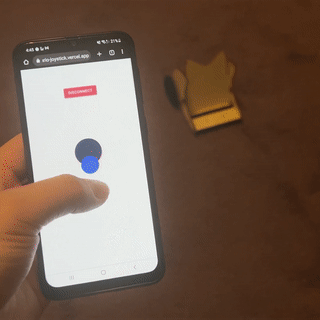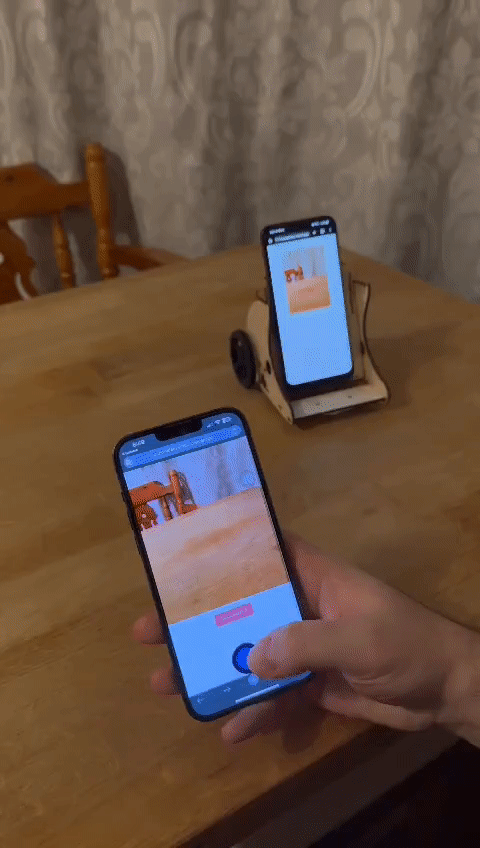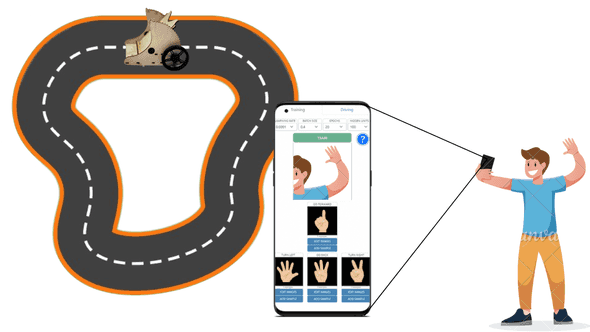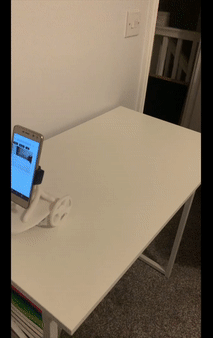
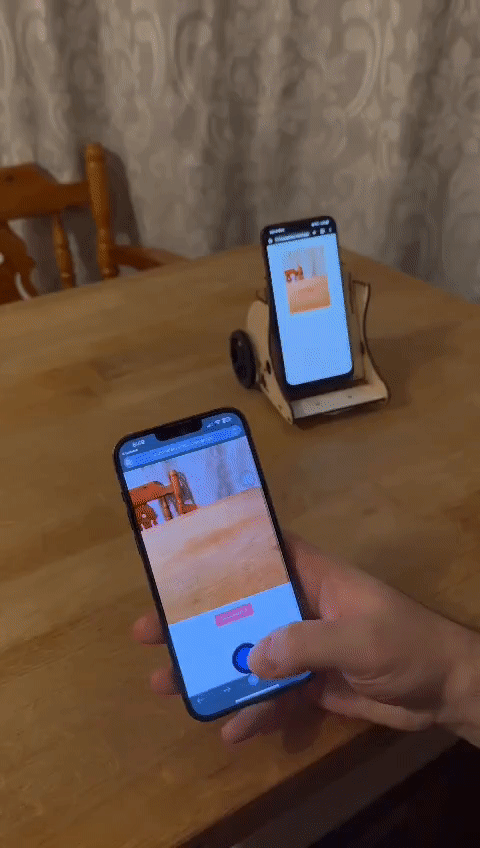
Trailer
Watch Curio in action on a printed racing track. Could you code this behavior?
Why Curio?
Curio is an affordable and future-proof educational platform to engage students in University level courses.
It is designed to support the teaching of modern web development, UI/UX design, and AI/ML/Deep Learning, and is opinionated as follow:
- Everything on the web. You connect to the robot via Web-Bluetooth. The webpage can access all sensors on your device (e.g. camera, IMU) and communicate to other devices/services via the internet. You can even upload new code to the robot which itself runs a Javascript interpreter.
- Affordable and convenient. It is all cheap stuff but well designed to serve its purpose. There is nothing more than what you need to get started, only two motors+wheels, a battery, a control board and a wooden frame. Add your smartphone or laptop and you are ready to go.
- Sharing is caring. Because everything is web-based, as soon as you have a demo working, you can host it online for free (e.g. Github pages, Vercel, Netlify, Replit, etc) and share it with the entire world by sending a link (e.g. via What’s App, Twitter). This make iterating much faster and help students show their work and spread it fasts.


